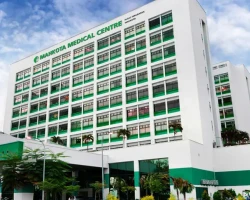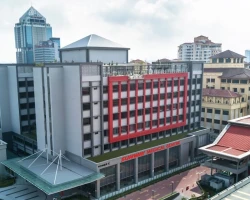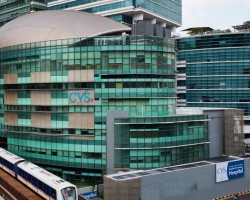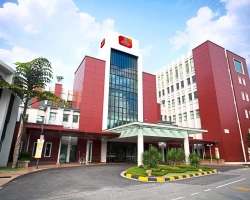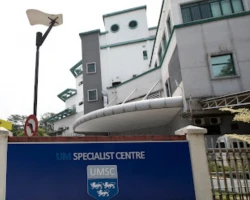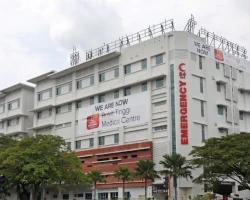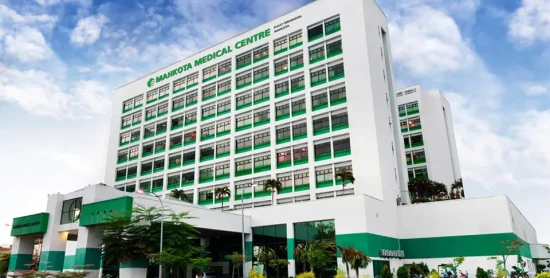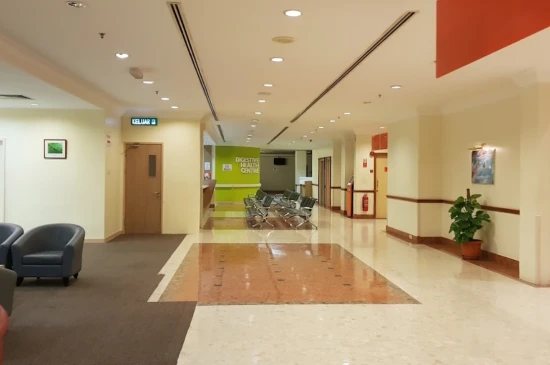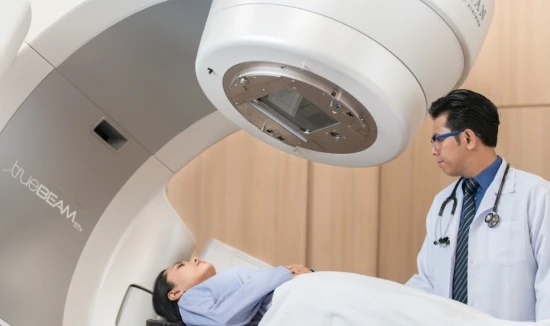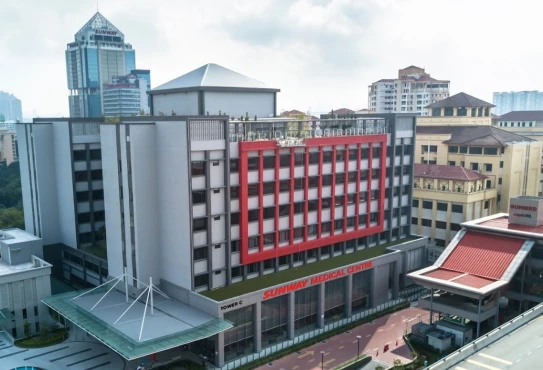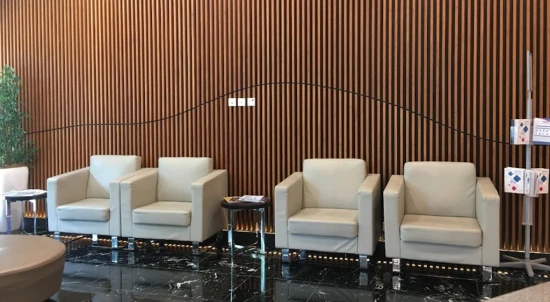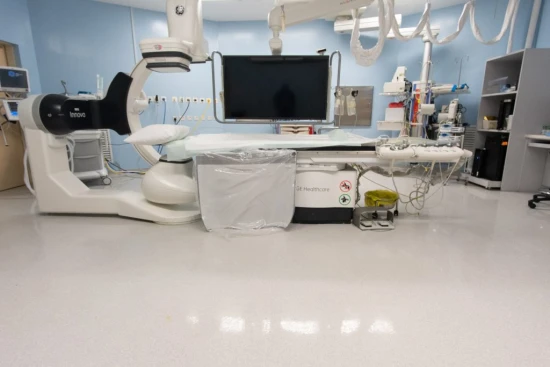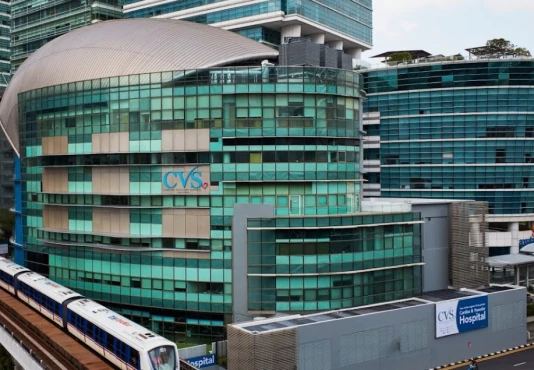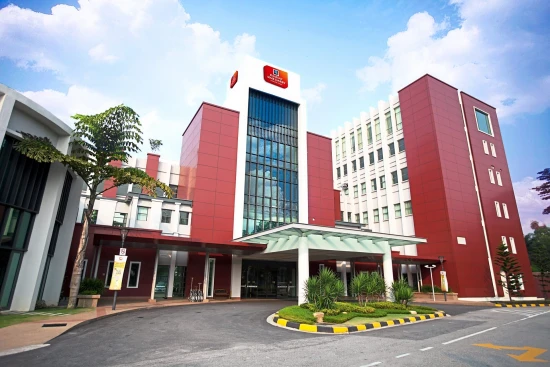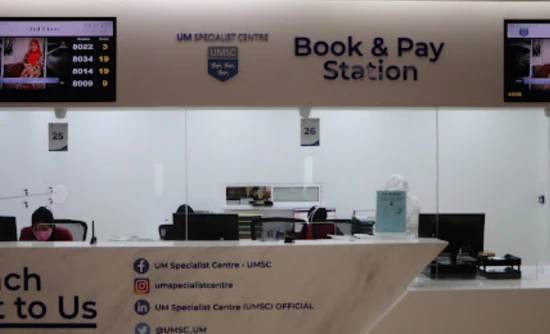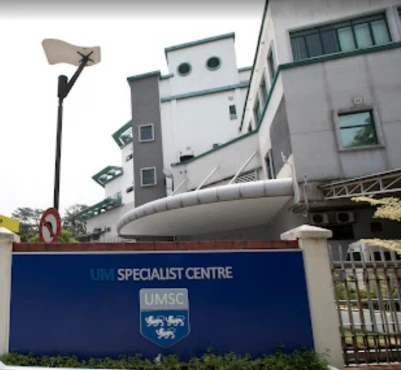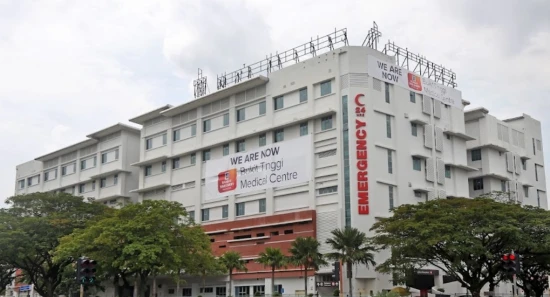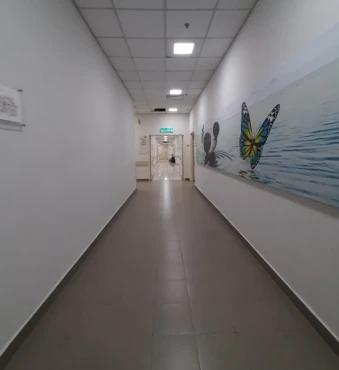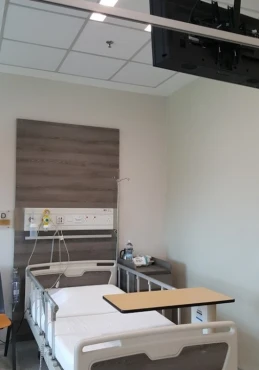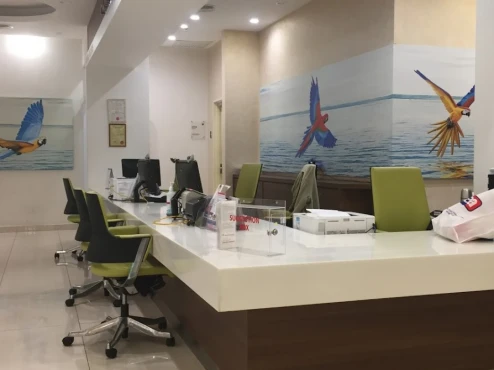from Soen Fong
December 01, 2023
Had a very pleasant experience at CVSKL. I was unsure about certain things regarding my appointment but Sharon Heng of Dr John Chan’s clinic was able to assist. And although she was on leave, she took the trouble to call me to explain further and followed up the next day. Sharon is a gem. Dr John Chan is very lucky to have someone like her working for him.
from Ily S
October 08, 2023
In July, my husband experienced chest pain, prompting us to rush to CVSKL Malaysia's emergency department. Right from the start, we were impressed by the care and attention we received.
The ED doctor was not just professional but also incredibly attentive. They quickly conducted an ECG and echocardiogram, leading to my husband's admission. The next morning, Dr. Al-Fazir performed an angiogram for further diagnosis. In the following month, my husband underwent complex stenting, once again expertly handled by Dr. Al-Fazir. His expertise and transparency instilled great confidence in us.
In my opinion, Dr. Al-Fazir is an extraordinary expert who goes above and beyond. He's straightforward and speaks the truth about complex stenting, never sugarcoating anything. We truly appreciated his honesty and transparency. Despite his busy schedule, Dr. Al-Fazir made it a point to meet with us every day, and his positivity and genuine concern for our well-being were incredibly reassuring.
Nurse Nor and Nurse Sylvester were our heroes. Their dedication and compassion were incredible. They went the extra mile to ensure my husband's comfort and well-being, making a significant difference during his recovery.
Despite a few minor hiccups, the entire CVSKL team, from medical professionals to administrative staff, ensured we were well taken care of. Our heartfelt thanks go to Puan Zehan and Puan Syima for their assistance in addressing our needs.
Thanks to CVSKL Malaysia, my husband is now on the path to recovery, and we couldn't be happier with the care we received. Dr. Al-Fazir, along with the dedicated team at CVSKL, truly embody the spirit of expertise, honesty, and heartfelt care.
from Xin Er Tay
June 28, 2023
My dad had done bypass surgery at this hospital by Dr John Chan. We have great confidence in him and his abilities. Thank you so much for the great care and surgery performed on my dad. Also thanks to the nurse Sharon who helped us from booking appointments until discharged from ward. Thanks for her kindness and answered our questions enthusiastically. We also glad to have Dr Nadia as anesthetist. My dad had been treated very well by all the nurse, physiotherapist, nutritionist and staff. We appreciate that all the services from every department. Thanks a lot❤️

